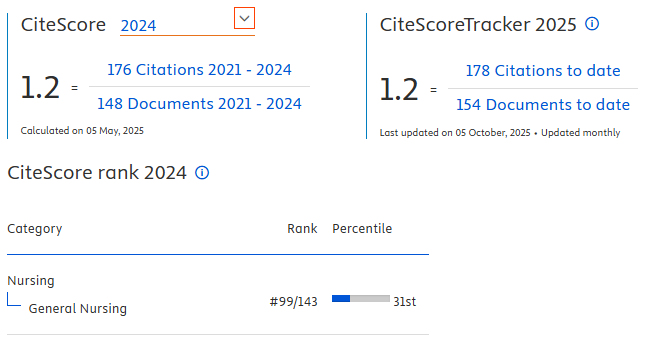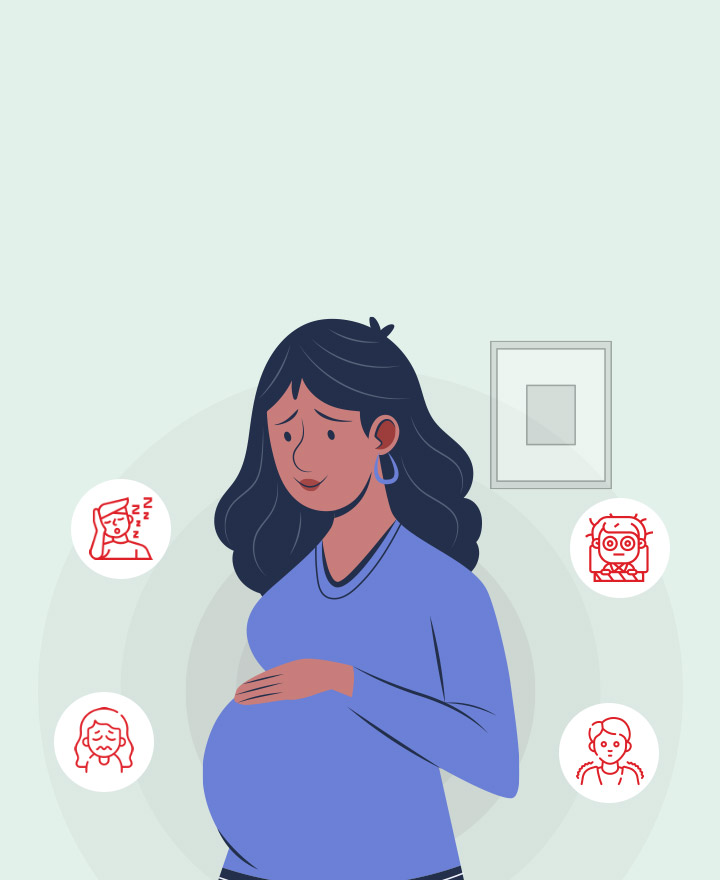NURSES' KNOWLEDGE, ATTITUDES, AND PRACTICES OF UNIVERSAL PRECAUTION TOWARD HIV/AIDS TRANSMISSION
Downloads
Methods: Descriptive correlation study was a design of this study. Ninety nurses were recruited using proposionate stratifi ed random sampling. The instrument was KAP (Knowledge Attitudes Practices) questionnaire consisted of demographic data form, knowledge, attitude, and self-reported practices regarding universal precaution. The collected data, then were analyzed both descriptively and inferentially by using pearson product moment correlation
Results: The majority of respondents reported experience of sharp injuries. More than a half of respondents had a good knowledge level about universal precaution and HIV/AIDS transmission, and showed favorable attitude toward caring for HIV/AIDS patients. There was signifi cant correlation between knowledge and practice (r=0,271 p=< 0, 01), whereas no correlation between knowledge and attitude score, and attitude and practice score.
Conclusion: It is need to be taken immediately to prevent and minimize the occurrence of sharp injuries among nurses in order to assure safety working condition to improve the productivity of nursing service. Updating knowledge, developing positive attitude, and continuing evaluation should be done simultaneously to improve the nurses' competence in preventing the occupational related-disease.
Azwar, S., 2003. Sikap manusia: Teori dan Pengukurannya. Yogyakarta: Pustaka Pelajar.
Bartholomew, L.K., Parcel, G.S., Kok, G., and Gottlieb, N.H., 2001. Intervention Mapping Designing Theory and Evidence-Based Health Promotion Promotion Programs. New York:McGraw-Hill
International Council of Nurses., 2006. Reducing the impact of HIV/AIDS on nursing and midwifery personnel.Imprimer ie Fornara: Geneva, Switzerland
Kemenkes RI., 2013. Laporan situasi perkembangan HIV/AIDS di Indonesia s.d 30 Juni 2013.
Notoatmodjo, S., 2003. Pendidikan dan Perilaku Kesehatan. Jakarta: Rineka Cipta
Authors who publish with Jurnal Ners agree to the following terms:
- Authors transfer the Copyright and grant Jurnal Ners the right of first publication with the work simultaneously licensed under a Creative Commons Attribution 4.0 International License that allows others to remix, adapt and build upon the work with an acknowledgment of the work's authorship and of the initial publication in Jurnal Ners.
- Authors are permitted to copy and redistribute the journal's published version of the work (e.g., post it to an institutional repository or publish it in a book), with an acknowledgment of its initial publication in Jurnal Ners.
Jurnal Ners requires a formal written declaration and transfer of copyright from the author(s) for each article published. We, therefore, ask you to complete and return this form, retaining a copy for your own records. Your cooperation is essential and appreciated. Any delay will result in a delay in publication. The form can be downloaded HERE.
































